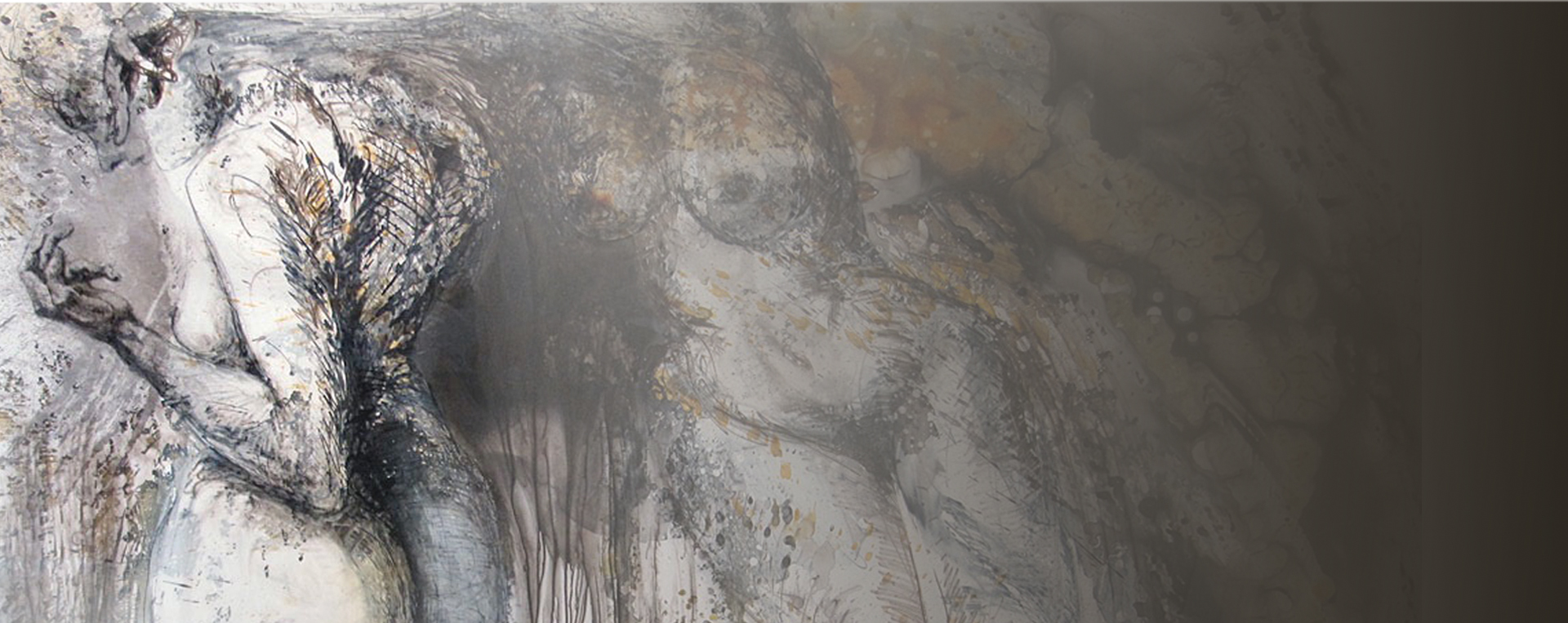DAVID CAMINER
PLASTIC SURGEON
A CONFIDENTIAL ENQUIRY
A CONFIDENTIAL ENQUIRY
A CONFIDENTIAL ENQUIRY
A CONFIDENTIAL ENQUIRY
Hand Surgery
Hand surgery is yet another sub-speciality for many plastic surgeons. I have had vast training in hand surgery, be it accidents to the hand from fractures, nerve injuries, finger and limb replantations, to the cold cases such as carpal tunnel syndromes and dupuytren’s contractures.
General information regarding the hand surgical speciality
There are a few avenues open to surgeons to specialise in hand surgery. The main specialties where hand surgeons come from are plastic and reconstructive surgery and orthopaedic surgery. Previously general surgery was also an avenue but less so these days. My experience in hand surgery is vast and I enjoy performing hand surgery to a great extent. I still perform a fair few hand operations be they trauma, dupuytren’s contracture or carpal tunnel syndromes.
Carpal tunnel syndrome
While a Fellow at the Cleveland Clinic in Fort Lauderdale, I worked closely with a dedicated hand surgeon and learnt an excellent short scar carpal tunnel decompression technique that uses an instrument called a petinoculotome. This is an excellent technique that is extremely safe with a limited scar. The recovery is a lot quicker than the lengthier, more risky scar technique. It is my feeling that it is a lot safer than the endoscopic technique. The operation takes less than half an hour and is done under general anaesthetic as a day only patient.
Dupuytren’s contracture
This disease process is an interesting one. It is basically fibrosis or scarring of the deep fascia of the hand causing nodules, bands and eventually leading to the contracture of the fingers. The mainstay of treatment has been with open operations, which are very successful. More recently there have been the invention of collagenase injections which dissolve collagen which is what a scar is made of.
One can inject this collagenase into the band and 24 hours later stretch the finger and the band will rupture. Other recent techniques being trialled is dividing the band through a small puncture in the skin and injecting fat into the space between the ruptured band ends.
Just having the nodules and bands is not an indication for surgery. An indication for surgery would be failing the flat hand test when the hand cannot be placed flat on a flat surface or when one of the fingers begins to be pulled in towards the finger giving a contracture of either the MCP joint or proximal ulna phalangeal joint. The proximal interphalangeal joint which is the first joint of the finger. The contracture of this joint is much more urgent that the contracture of the knuckle joint.
Mucous cysts and ganglion
A ganglion is a lump which occurs relating to a synovial sheath. A synovial sheath lines tendons and joints. It is a degeneration of this synovial sheath that gives rise to a ganglion. The nodule contains a thickened clear jelly. I liken it to a blowout of hose pipe when the pipe becomes thin and the pressure of the water causing a little bubble on the hose pipe. This is like a little ganglion cyst that forms on the joint or tendon sheath. The treatment is surgical and is very successful.
Ganglions occur mostly around the wrist over the front or back and can occur on the fingers. A ganglion which occurs around the distal interphalangeal joint (the last finger joint of a finger) is called a mucous cyst. A mucous cyst is due to arthritis and it is associated with a little osteophyte or osteophytes – a little spur of extra bone structure. These are quite common and can give rise to finger nail deformities, lumps and pain around the end joint of the fingers and it occasionally affects the middle joint as well.
Post Procedure Facts & Advice Send A Confidential Enquiry Meet Dr David Caminer
